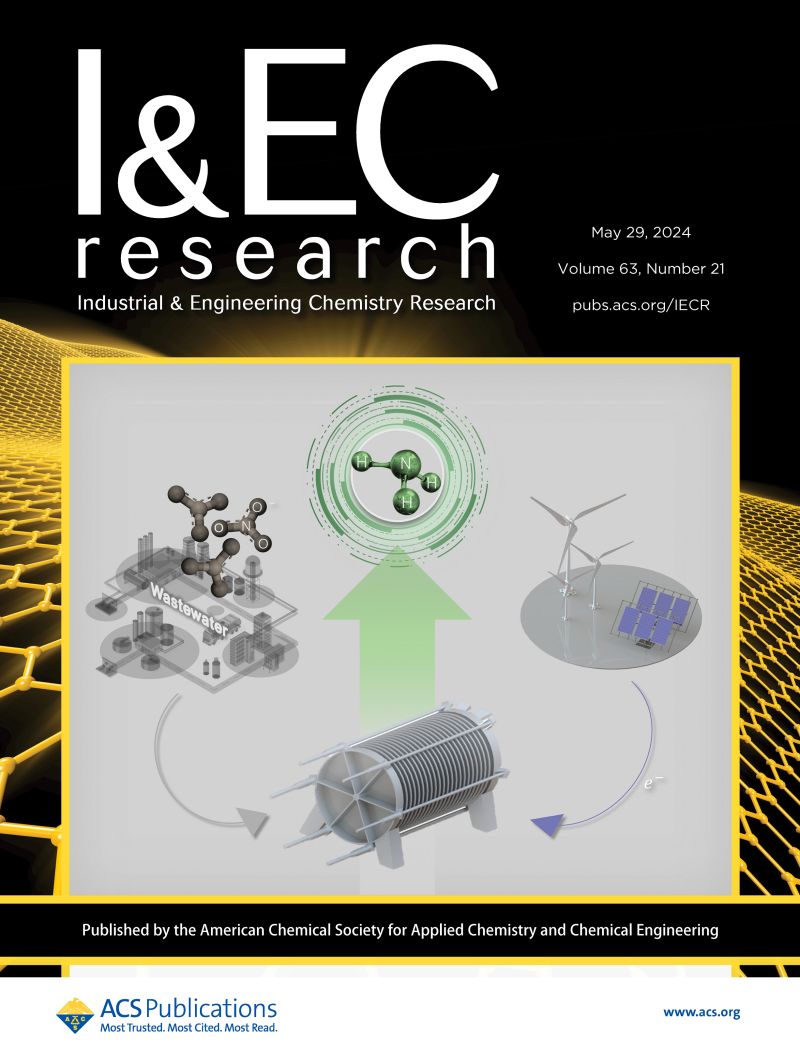Interlayer Spacing Engineering of Cellulose-Derived Hard Carbon for Enhanced Na+ Diffusivity and Optimized Na+ Storage in Anode Materials
IF 3.8
3区 工程技术
Q2 ENGINEERING, CHEMICAL
引用次数: 0
Abstract
Cellulose-derived hard carbon (HC) is a promising candidate for a sodium-ion battery (as the optimally configured renewable energy storage system) due to its low cost and environmental sustainability. However, the sodium storage capacity and rate performance are limited by the restricted interlayer spacing, requiring further optimization for practical applications. This study presents a scalable and cost-effective approach to regulating the interlayer spacing of cellulose-derived HC using a preliminary chemical cross-linking (PCC) strategy. The PCC method increases interlayer spacing and introduces structural disorder, thereby significantly improving sodium-ion diffusion kinetics and storage capacity. The HC samples (denoted as PCHC-X, in which X = 1, 2, and 3 stands for the degree of cross-linking) exhibit reversible capacities of up to 312.3 mAh g–1, outperforming cellulose-derived hard carbon (222.8 mAh g–1). Besides, the PCHC-3 shows notable improvements in sodium-ion transport, with a capacity of 253.6 mAh g–1 at a 5C rate and excellent cycling stability (84.1% retention after 150 cycles at 0.5C). Cyclic voltammetry (CV), galvanostatic intermittent titration technique (GITT), and electrochemical impedance spectroscopy (EIS) analyses further confirm superior Na+ diffusivity and storage properties for PCHC-3. Deep insights into interlayer spacing engineering will greatly advance the rational design of hard carbon anodes with enhanced electrochemical performances.

求助全文
约1分钟内获得全文
求助全文
来源期刊

Industrial & Engineering Chemistry Research
工程技术-工程:化工
CiteScore
7.40
自引率
7.10%
发文量
1467
审稿时长
2.8 months
期刊介绍:
ndustrial & Engineering Chemistry, with variations in title and format, has been published since 1909 by the American Chemical Society. Industrial & Engineering Chemistry Research is a weekly publication that reports industrial and academic research in the broad fields of applied chemistry and chemical engineering with special focus on fundamentals, processes, and products.
 求助内容:
求助内容: 应助结果提醒方式:
应助结果提醒方式:


